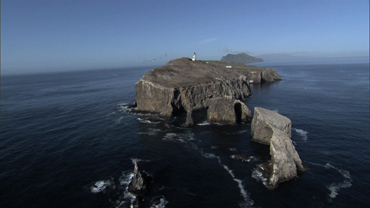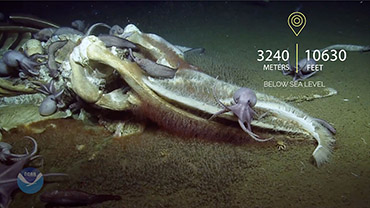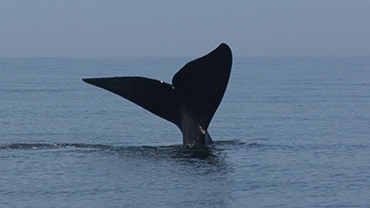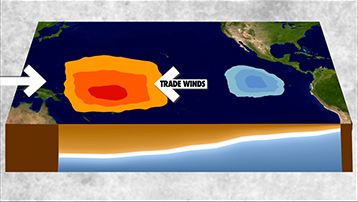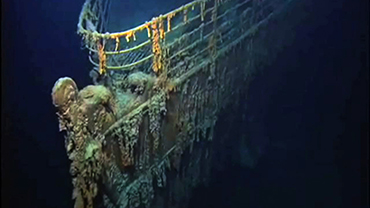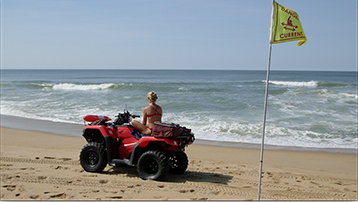Transcript
DR. GREG DUSEK:
A rip current is a narrow, fast-moving channel of water that starts near the beach and extends offshore through the line of breaking waves.
If you do get caught in a rip current, the best thing you can do is stay calm. It's not going to pull you underwater, it's just going to pull you away from shore.
Call and wave for help. You want to float, and you don't want to swim back to shore against the rip current because it will just tire you out. You want to swim out of the rip, parallel to shore, along the beach and then follow breaking waves back to shore at an angle.
When you first get to the beach, the best thing you can do is swim near a lifeguard. And then if you have questions about if the conditions are hazardous or not, ask a lifeguard. And then many beaches have things like a flag system, or other forms of communication to be able to tell you if the conditions are hazardous.
But if you go to a beach without a lifeguard, when you get there, you want to make sure you know how to spot a rip current, and if you get caught in one, know how to get out. And then when you go in the water, always bring flotation.
Always let a lifeguard make a rip current rescue, because often, the people that try to make rescues themselves end up being the ones who drown. Instead, the best way to help is to throw them something that floats and immediately get a lifeguard for help.
Spotting a rip current can be difficult, and really needs some practice. But when you go to the beach, start off by staying back from the water. Rip currents are easier to see at an elevated position, like a dune line or beach access, and then look for places where waves aren't breaking, so flat spots in the line of breaking waves. And then also where there's maybe foam or sediment in the water being transported away from the beach offshore.
Before you go to the beach, always check your local beach conditions. Look at the wave forecast. If you have waves two to three feet high or greater, you could have strong rip currents. And then look to see if there's a hazardous rip current statement for your local beach. And then always check the tide as well.
So rip currents often occur at low tide, and so if you're going to the beach during a period of low tide, just be mindful that strong rip currents could occur.
People often misunderstand and think that rip currents only occur during bad-weather days at the beach but actually, you can have strong rip currents with sunny days and waves of only about two to three feet high. And the reason for that is that rip currents aren't really caused by the weather. They're caused by the waves and other factors like the tide and the shape of the bottom.
Rip currents can occur anywhere you have breaking waves, like large sandy beaches on the open ocean. But they can also occur where you have hard structures, like jetties, or piers, or even rocks jutting out into the ocean.
In terms of the tide, usually rip currents are going to occur more at low tide when you have waves breaking over the sandbar near shore. And that's the third part, the sandbars. Usually you're going to have strong rip currents where you have significant sandbar near the shore with a channel in it.
 An official website of the United States government.
Here's how you know we're official.
An official website of the United States government.
Here's how you know we're official.




